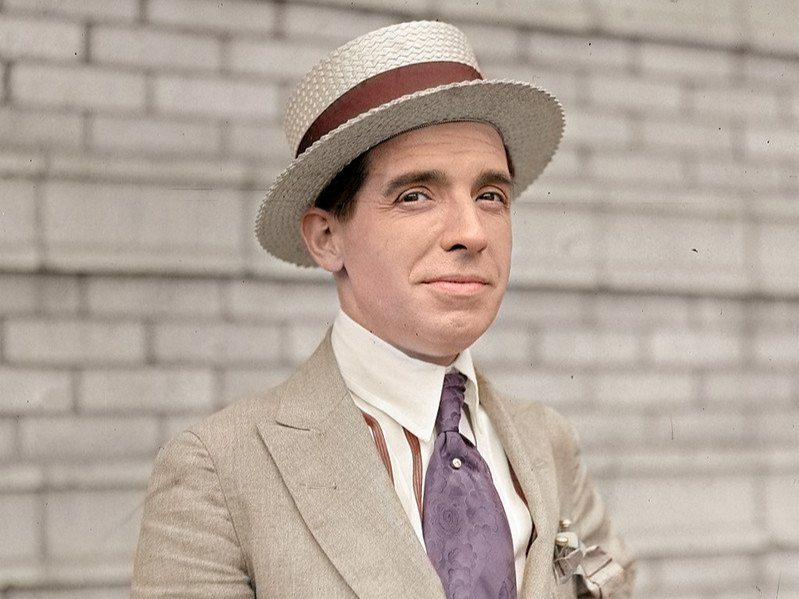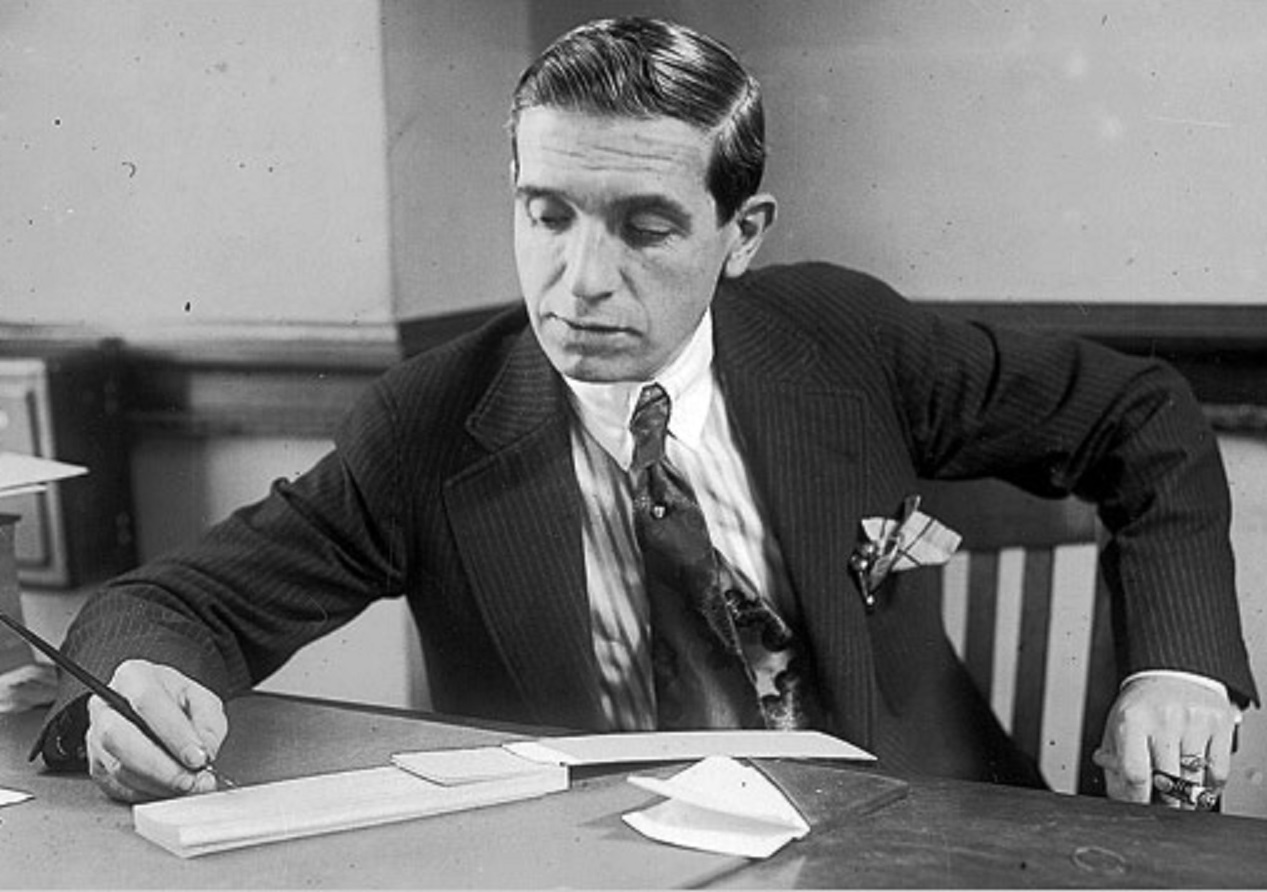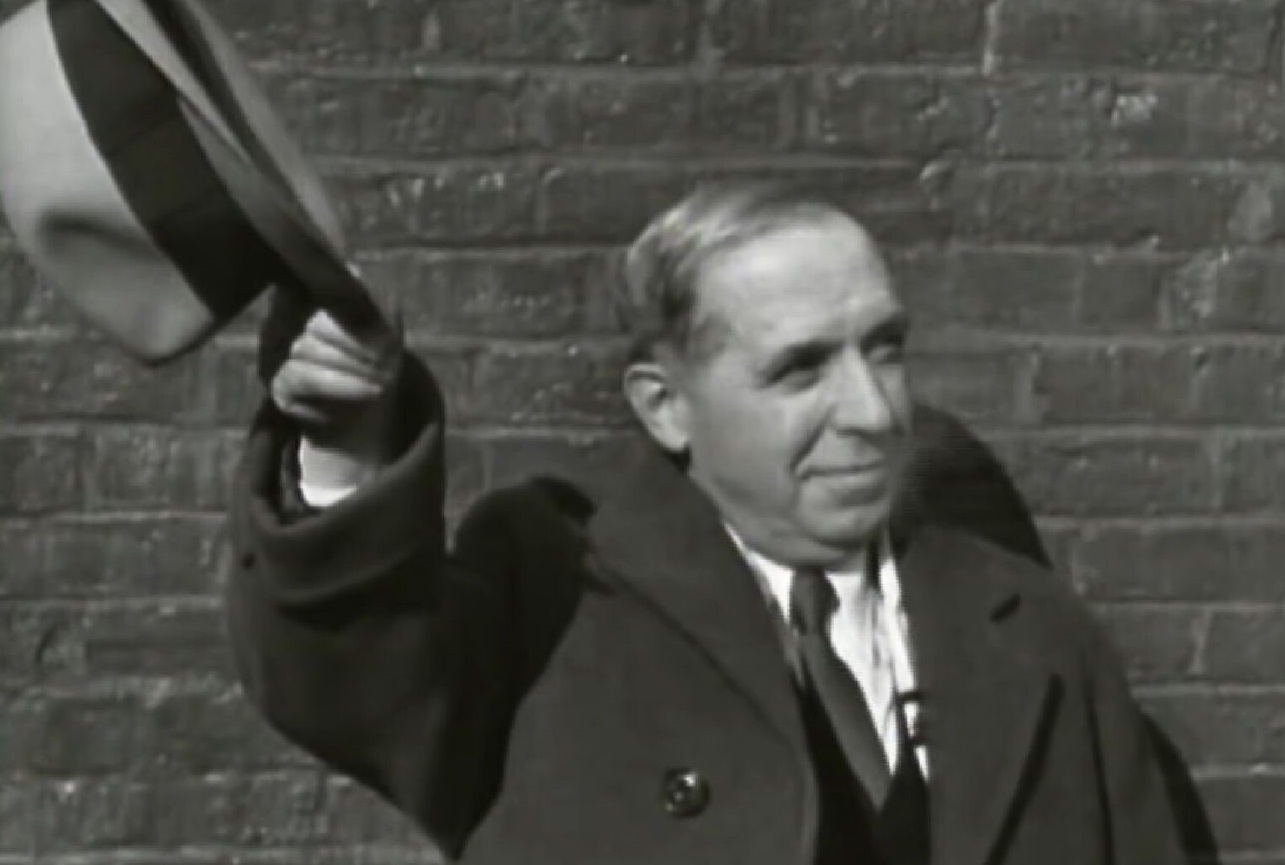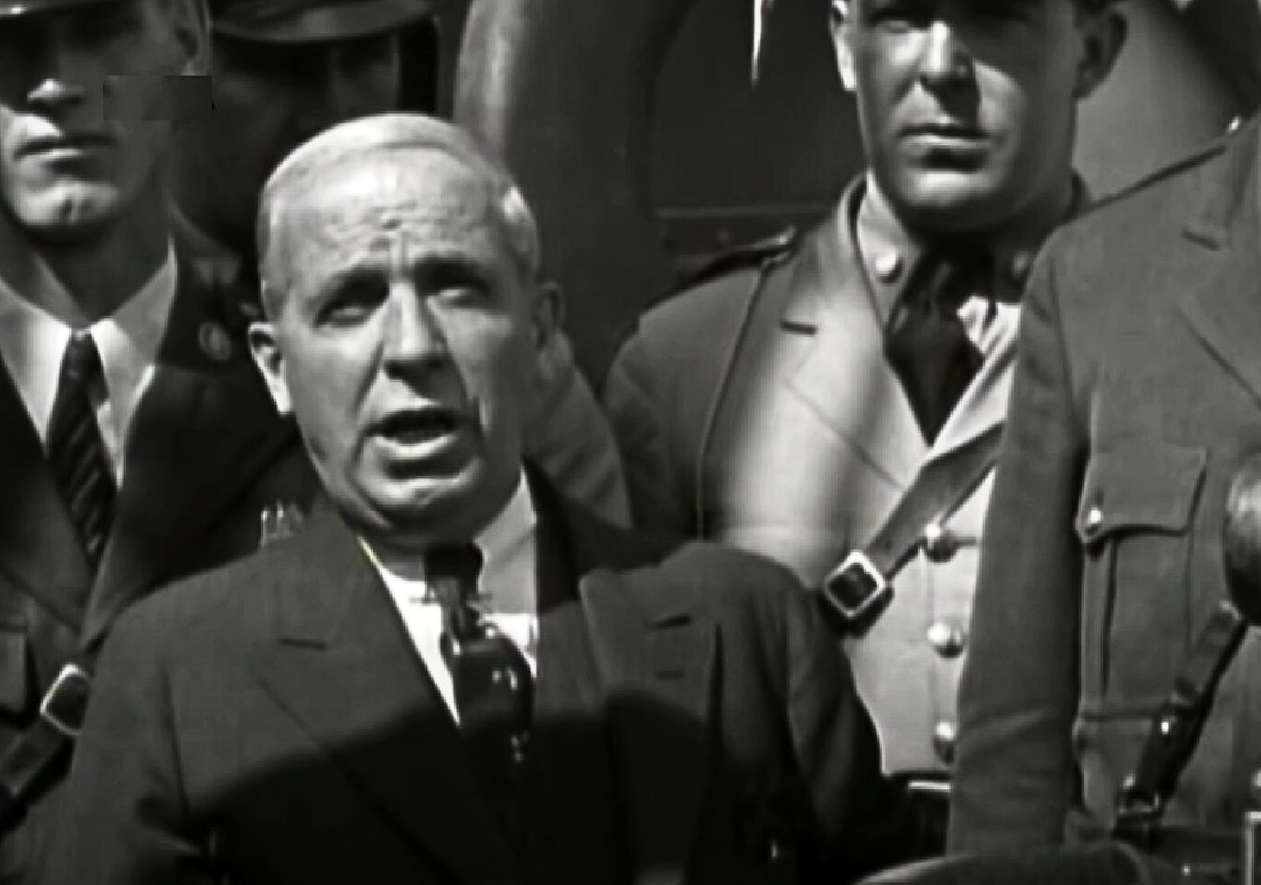Inside Charles Ponzi's Mad Money Making Scheme
Context:
Charles Ponzi, an Italian immigrant, devised a fraudulent investment scheme based on international reply coupons, promising investors high returns by exploiting currency value disparities after World War I. Instead of generating real profits, Ponzi paid returns to early investors with funds from newer ones, leading to a massive influx of investments and substantial personal wealth. Despite skepticism and investigative journalism questioning his operations, Ponzi maintained public trust for a time, attracting significant media attention and living extravagantly. His scheme ultimately collapsed in 1920 following a critical investigation by The Boston Post and financial scrutiny, revealing minimal legitimate investment activity. Ponzi was convicted of multiple counts of mail fraud, sentenced to prison, and eventually deported, leaving behind a legacy synonymous with financial deception and influencing future regulatory reforms against fraud.
Dive Deeper:
Charles Ponzi, who immigrated to the United States with only $2.50, created a fraudulent investment scheme that capitalized on the price differences in international reply coupons (IRCs) due to post-World War I currency fluctuations.
The scheme promised exorbitant returns of 50% in 45 days or 100% in 90 days, but instead of profiting from actual IRC arbitrage, Ponzi financed payouts to existing investors using funds from new investors, a classic 'rob Peter to pay Paul' strategy.
Ponzi's operation, conducted through the Securities Exchange Company, attracted thousands of investors, particularly immigrants, by leveraging his shared background and linguistic familiarity, amassing up to $250,000 daily at its peak.
Media outlets extensively covered Ponzi's success, highlighting his lavish lifestyle and charitable acts, which helped sustain public confidence despite emerging doubts about the viability of his business model.
The scheme unraveled following an investigation spearheaded by The Boston Post and financial experts, which exposed the lack of actual IRC purchases and revealed that Ponzi's returns were funded through continuous new investment rather than legitimate profits.
Ponzi was arrested in 1920, convicted of mail fraud, and sentenced to prison terms both federally and at the state level before being deported to Italy, where he died in poverty, illustrating the scheme's lasting impact on financial regulation and fraud awareness.
The term 'Ponzi scheme' has since become synonymous with similar fraudulent activities, where returns to earlier investors are paid from new investors' capital, setting a precedent for future financial scams, including the notorious Bernie Madoff scheme.
An Italian immigrant who arrived in the United States in 1903 with just $2.50 in his pocket, Charles Ponzi ascended from obscurity to dizzying wealth seemingly overnight. But under the surface of his extraordinary wealth was one of the most infamous frauds in financial history—a scheme so influential that it gave rise to the term “Ponzi scheme.”
A Scheme Is Born
Ponzi’s plan was rooted in international reply coupons (IRCs), a type of voucher used to pre-pay postage on international mail. After noticing a disparity in the value of IRCs between countries due to currency fluctuations following World War I, Ponzi theorized that he could buy IRCs cheaply in Europe and redeem them in the U.S. at a profit. In theory, this arbitrage could yield substantial returns. Jared Enos, Flickr
Jared Enos, FlickrA Simple Scheme
However, the logistics of executing such a plan on a large scale were unworkable. Instead of actually buying and selling IRCs, Ponzi began soliciting investments from the public with the promise of 50% returns in 45 days, or 100% in 90 days. To pay off early investors, he simply used the money from newer ones, or "robbed Peter to pay Paul" as he liked to call it. The profits weren’t coming from any real business activity but were funded entirely by a growing pool of deposits.Public Frenzy And Media Spotlight
Between late 1919 and mid-1920, Ponzi’s scheme exploded. Using his company, the Securities Exchange Company, he promised riches to thousands of investors, many of them immigrants like himself who trusted him because he spoke their language and seemed to understand their struggles. At the height of the frenzy, Ponzi was raking in as much as $250,000 a day (equivalent to over $3 million today). Wikimedia Commons
Wikimedia CommonsThe Media Hails The Magic Man
Newspapers covered Ponzi’s success breathlessly. His wealth and generosity made headlines, with reporters detailing his expensive suits, extravagant meals, and acts of charity. Even as skepticism about his business model began to surface, public trust in Ponzi remained high. For a time, he even considered launching his own bank.Built On A Wobbly Foundation
Despite his efforts to maintain the illusion of legitimacy, scrutiny mounted. Financial journalists and skeptical bankers began asking questions that Ponzi couldn’t answer. The Boston Post played a key role in investigating Ponzi, publishing a series of articles that questioned his business model and financial solvency. A damning report from Clarence Barron, the publisher of the Wall Street Journal, noted that Ponzi hadn’t invested in enough IRCs to justify his returns. Almanac: Charles Ponzi and his Ponzi Scheme,(CBS Sunday Morning ), CBS News Productions
Almanac: Charles Ponzi and his Ponzi Scheme,(CBS Sunday Morning ), CBS News ProductionsThe Hammer Falls
The investigation culminated in a raid on Ponzi’s offices in July 1920, and by mid-August, the entire scheme collapsed. The truth emerged: Ponzi had only purchased about $30 worth of IRCs, and of the millions he had collected from investors, most had been used to pay off earlier investors or finance his extravagant lifestyle.Final Verdict
Charles Ponzi was charged with multiple counts of mail fraud. He was convicted and sentenced to five years in federal prison. After serving his time, he was tried again by the state of Massachusetts, sentenced to additional prison time, and ultimately shipped to Italy in 1934. He passed away in poverty and obscurity in Brazil in 1949. Almanac: Charles Ponzi and his Ponzi Scheme,(CBS Sunday Morning ), CBS News Productions
Almanac: Charles Ponzi and his Ponzi Scheme,(CBS Sunday Morning ), CBS News ProductionsVictims Of A Swindler
The scandal ruined thousands of investors, many of whom lost their life savings. It also changed how regulators viewed financial fraud, leading to increased scrutiny and regulatory reforms over the years.Famous For All The Wrong Reasons
Ponzi’s name is now synonymous with financial deception. The term "Ponzi scheme" describes any investment scheme where returns are paid to earlier investors using the capital from newer investors, rather than legitimate profit. Though schemes of this kind have evolved and resurfaced in different forms—most notably in the case of Bernie Madoff—the blueprint remains essentially unchanged.You May Also Like:
Bad-Blooded Facts About Elizabeth Holmes, The Mind Behind The Theranos Scandal
Sources: 1, 2, 3